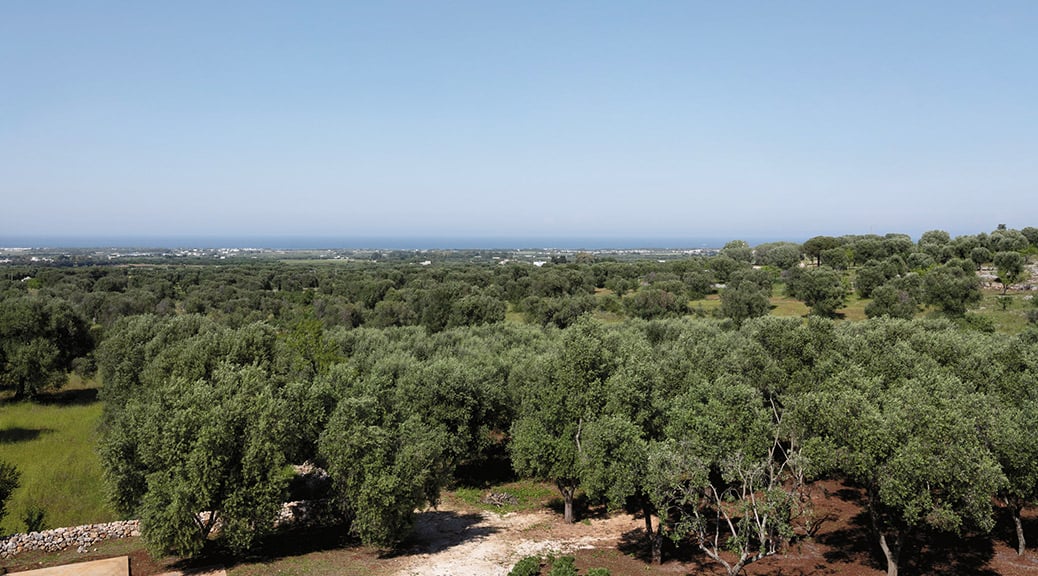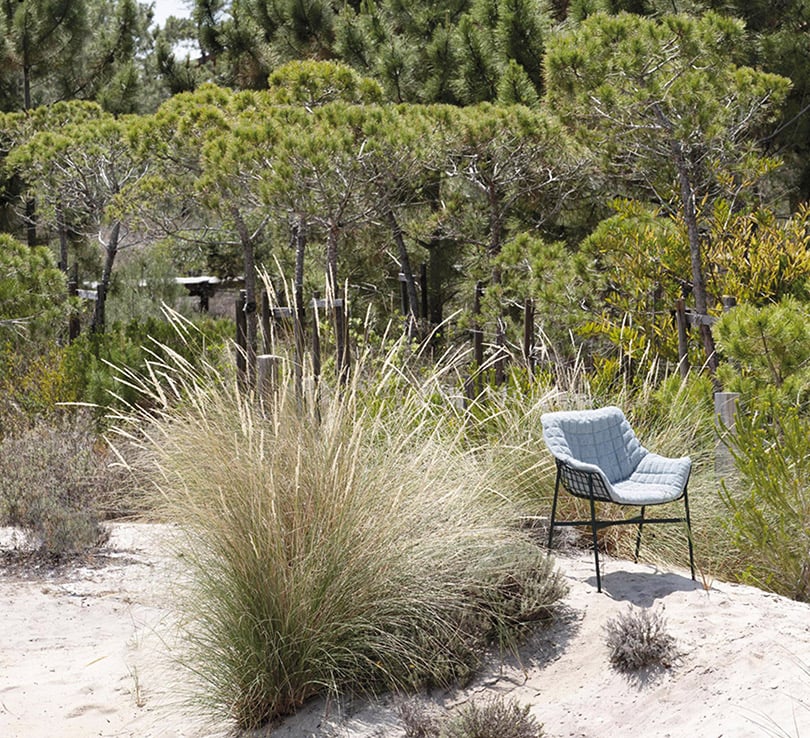Biophilic design is a discipline that integrates nature and natural systems into a man-made environment to evoke emotions and physical and mental responses from humans.
This is a true design ethic that bases its roots on the relationship that human beings have with the surrounding environment and on the benefits that a green life can give them.
Starting with the basics, the term biophilia – “love for life” – was first coined in 1965 by social psychologist Erich Fromm to describe the psychological tendency to be attracted to everything that is alive. A few years later, however, it was the American biologist Edward Osborne Wilson who gave it a more complete meaning. In his book entitled Biophilia, he described it as “an innate ability to concentrate man’s attention on life forms and everything that reminds them and, in some circumstances, to become emotionally affiliated with them”.
Simplifying, we could say that it is the attraction that each of us feels towards nature and the sense of well-being that it transmits to us.
And the connection with design?
It happened – relatively – recently.
To understand this better, it is worth mentioning Stephen R. Kellert, a professor emeritus of social ecology at the Yale School of Forestry & Environmental Studies.
Kellert has in fact managed to summarize the connection between human beings and the natural world by identifying the six key elements of biophilic design, breaking them down into more than 70 attributes:
🌿 environmental characteristics: the presence of natural elements such as water and plants, but also views of green scenarios;
🌿 natural structures: the replication of forms that we can find in nature and their introduction into environments. An example of this are the botanical motifs, with animals, shells, spirals or, again, oval shapes;
🌿 models and processes: along the lines of what was said in point one, the idea is to incorporate the elements into a man-made environment. Particular attention must be paid to the area and to the fact that, generally, everything revolves around a central point;
🌿 light and space: this attribute focuses on the importance of natural light and spaces for the development of an environment in harmony with man. Main focus, in our case, the importance of a transition between internal and external;
🌿 connection with the place: the importance of integrating a building with the place in which it is inserted from different points of view;
🌿 man/nature relationship: based above all on human perception and the sensations that nature produces in human beings.
Aspects, those summarized above, which manage to guide architects in the creation of projects capable of connecting man with the environment, where nature becomes a founding and predominant element.




